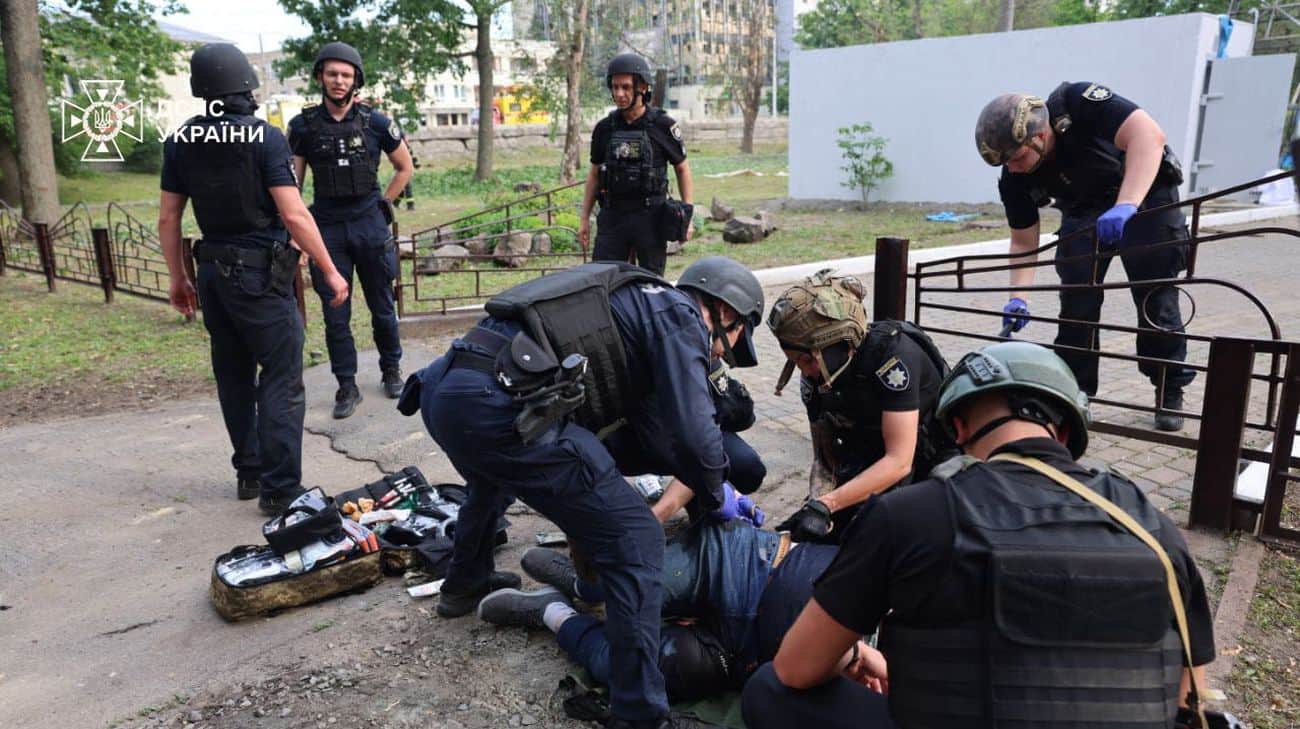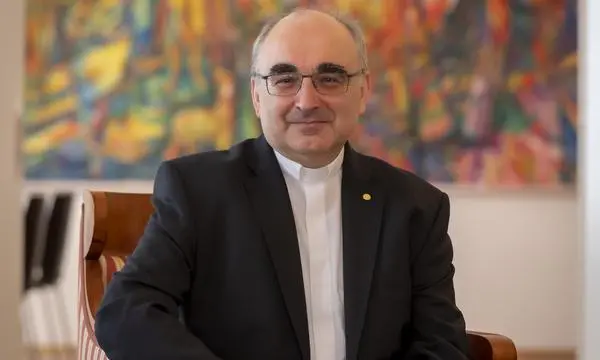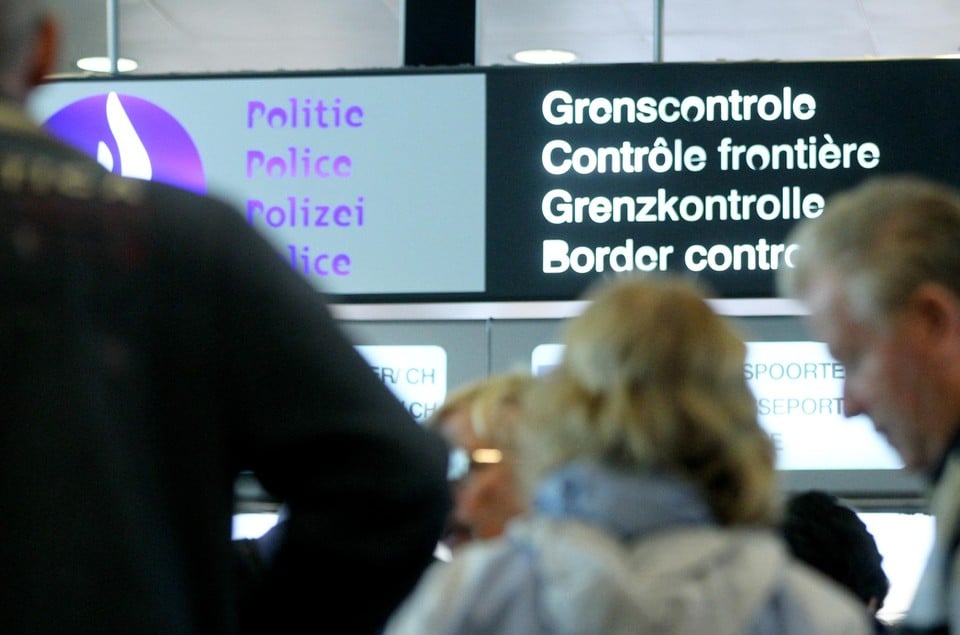Return of the tapestry « Sabbines »

Tapestry « Abduction of the Sabbines » to the Museum of the Palace of the Rulers in 2021. Gave the collector Nathan Levis of Florence. The historic fabric depicts a fierce struggle for Roman and Sabbine. According to the myth, the founder of Rome, Romulus, invited Sabins who lived in the neighborhood with his wives and daughters to come to a celebration dedicated to God’s Kone honor. When the celebration began, the Romans kidnapped the girls.
The composition feels the influence of Italian Baroque painting, the movements of the figures are expressive, they are depicted in various angles and difficult postures. The sense of dynamism is created by plastic folds of clothing, their bright colors – red, blue, green and brown in different shades. However, valuable tapestry, over time, has been damaged, so detailed studies have been conducted to reveal how to restore it, and later this fabric can be admired for a long time in the museum.
Extensive visual and chemical studies have made it possible to accurately evaluate the condition of the fabric and previous interventions: the areas of lost weps and warp, rough and inaccurate stitching, unsuitable straps in the lower curb, as well as dirt, dust and color. When the lining it was cut, it turned out that the tapestry was handled at least five times using different materials and methods.
Photo by the Palace of the Palace of the Palace
Bernadeta Rudytė, the restorer of the Museum of the Rulers, worked carefully with the tapestry for many years – only the warp was preserved in some places, and the weps were completely decayed. In such sensitive places, she applied a germination technique (restorative stitch), coloring the threads and subtly reinforcing the fabric structure. The missing fragments were restored by embroidery, imitating the tapestry weaving, using pre -washed wool threads, twisted from three to five filaments of different shades, to restore the tapestry weaving. Inappropriate layers that emerged during previous handling and restorations were removed, the fragile original fabrics, and the missing fragments were restored. The restorer tells her that it was important for her to restore the visual rhythm, the restored places were clearly distinguished from the original.
In the exposition, visitors will also be able to get acquainted with the complex, time -consuming and diligent tapestry restoration process at the exposition. It will be possible to compare how the fabric and its individual fragments looked before and after the restoration.
Curator of the exhibition – dr. Živilė Mikailienė, Head of Restoration Work – Lecturer at the Vilnius Academy of Arts, Audronė Petroševičiūtė, Textile Restorer of Pranas Gudynas Restoration Center.








